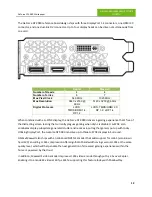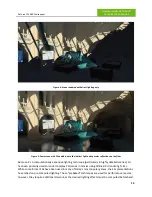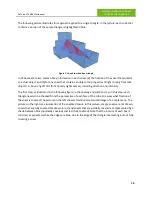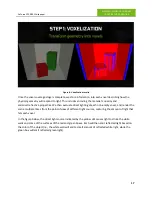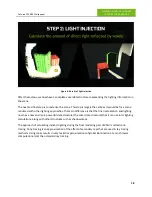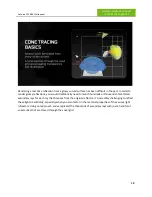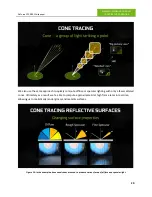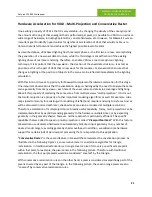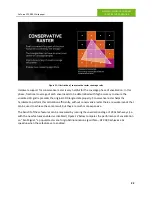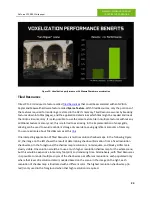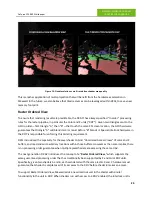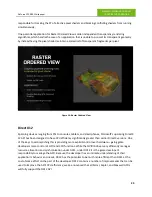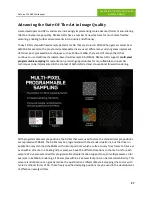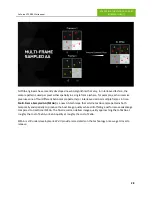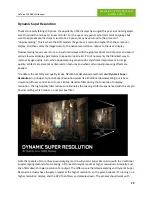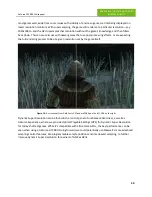
GeForce GTX 980 Whitepaper
MAXWELL: ENABLING THE NEXT
FRONTIER IN PC GRAPHICS
25
responsible for tracking the XY of all active pixel shaders and blocking conflicting shaders from running
simultaneously.
One potential application for Raster Ordered View is order independent transparency rendering
algorithms, which handle the case of an application that is unable to pre-sort its transparent geometry
by instead having the pixel shader maintain a sorted list of transparent fragments per pixel.
Figure 14: Raster Ordered View
DirectX 12
Spanning devices ranging from PCs to consoles, tablets, and smartphones, Microsoft’s upcoming DirectX
12 API has been designed to have CPU efficiency significantly greater than earlier DirectX versions. One
of the keys to accomplishing this is providing more explicit control over hardware—giving game
developers more control of GPU and CPU functions. While the NVIDIA driver very efficiently manages
resource allocation and synchronization under DX11, under DX12 it is the game developer’s
responsibility to manage the GPU. Because the developer has an intimate understanding of their
application’s behavior and needs, DX12 has the potential to be much more efficient than DX11 at the
cost of some effort on the part of the developer. DX12 contains a number of improvements that can be
used to improve the API’s CPU efficiency; we’ve announced that all Fermi, Kepler, and Maxwell GPUs
will fully support the DX12 API.


